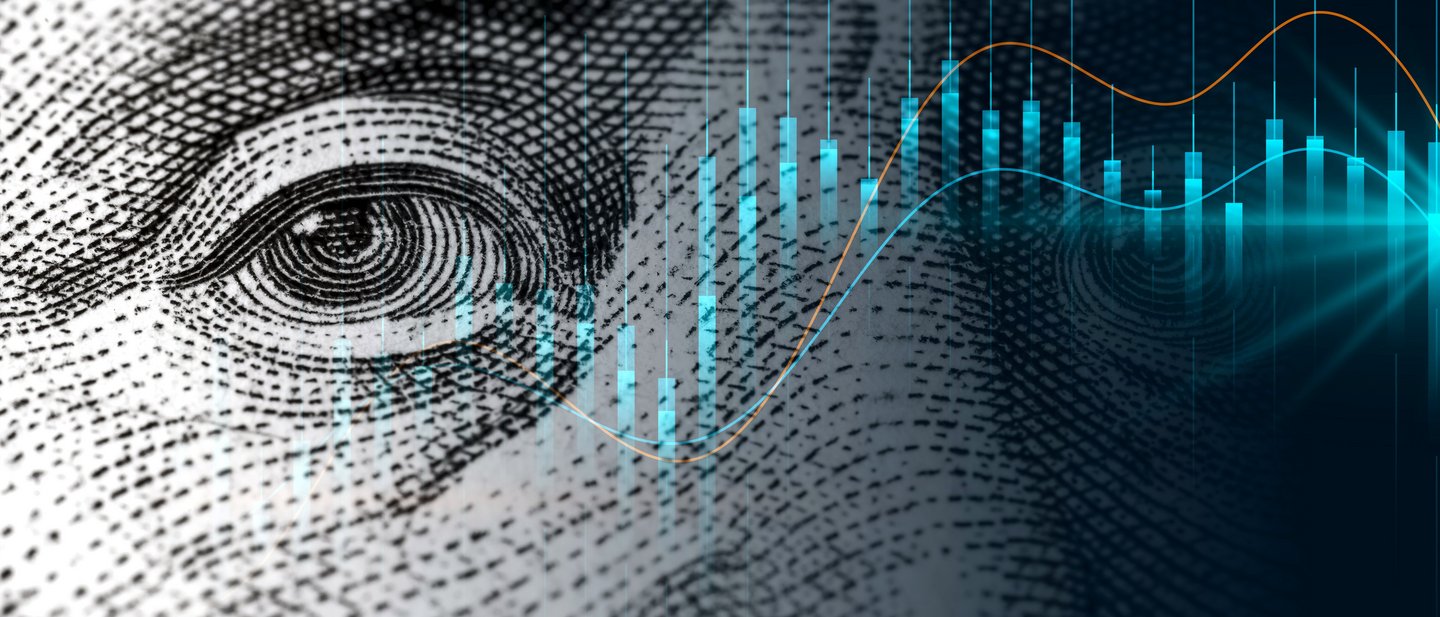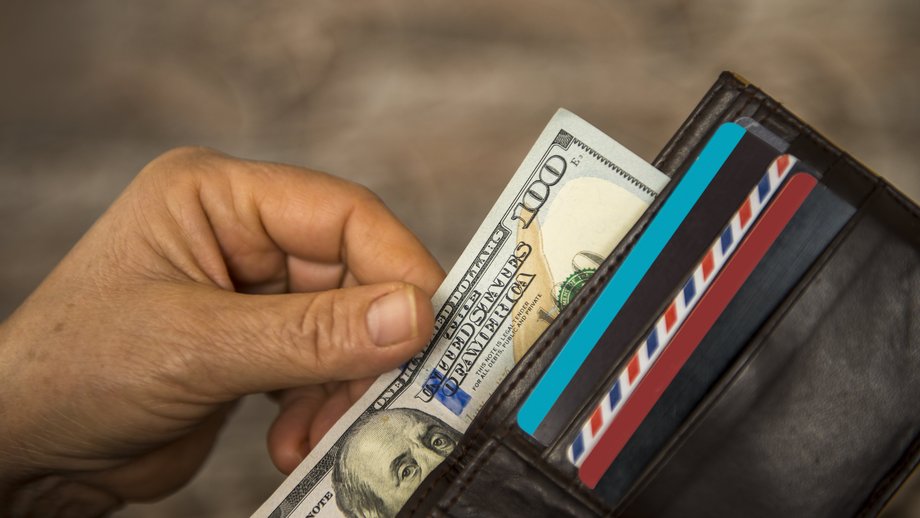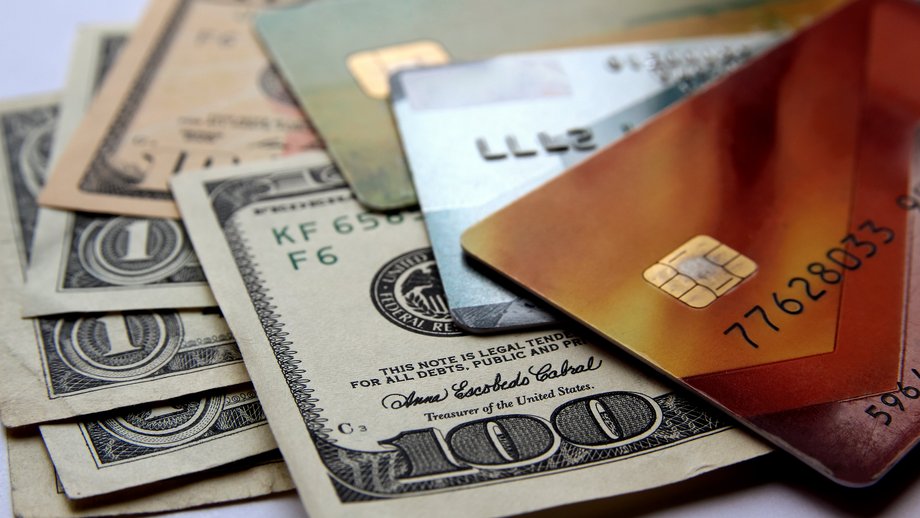Published: 13/03/2024

Embracing extremes: digital and card payments in the US
Pay with cash, card, specialized wallets, or even traditional checks: the US payments market is highly innovative and diverse, and accommodates every need. It embraces these seeming contradictions, while delivering solutions to its users, especially in cards and digital payments. Given the size and innovativeness of the US market and its position as a global leader, there are lessons in this for the rest of the world. We’ll take a glimpse into the US payment landscape, focusing on digital and electronic payment in this article series.
For most people living outside North America, the US payments market is both huge and remote. Players such as Venmo and Zelle have little or no recognition outside that market; indeed, they are unusable abroad in most contexts. Yet they are giant enterprises, tech-led entities in a globally significant market.
The US has tech-forward users who embrace new formats quickly. Yet personal checks are still in use, and there are check-cashing options for that large chunk of the US population that are either under- or unbanked, or refuse access to the banking system. There is also a sizeable cash economy.
Given the heft of the US economy, it is an attractive, even imperative area of study for analysts outside that geography. The sheer size of the payments sector is one factor – a recent study put the size of the market at $10.3 trillion,1 forecasting it to grow at over 7% CAGR (compound annual growth rate, a method of expressing the average annual growth rate over a certain period of time) until 2027. Further, its complexity and reach also drive innovation, especially in payment cards and digital payments. These advances percolate to the rest of the world. Yet it is still hyper-local in many ways, defined by geographies and demographics that are just as varied and far-flung as their parent country.
When asked to describe the US payments market, Traci Skala, Market Segment Director, G+D, for PayTech business laughed. “It’s just different,” she said. Let’s examine why that is so.
Digital payments are huge, and growing
A 2022 McKinsey survey revealed that almost 9 out of 10 respondents were using “some form of digital payments.“2 Further, those who reported using two or more forms of digital payments rose to 62%, as opposed to 51% the year before.3 “Everyone has their own way of instantly paying somebody,” confirmed Skala.
However, “instantly paying somebody” takes various forms: digital wallets are offered by individual banks; players such as PayPal and its subsidiary Venmo; other entities, such as Zelle; and also those rolled out by Apple, Google, and the like. They are differentiated by certain factors – such as real-time settlement, for instance – while others are offered as features when one signs up for a particular bank account. As Skala noted, adoption of digital wallets crosses demographics. She used her own family as an example: her mother prefers PayPal, while her own siblings use Zelle and Venmo amongst themselves. The crucial factor is acceptance among users and vendors.
Additionally, digital wallets in the US work in several ways, including by scanning QR codes, inputting email IDs or phone numbers, or even by specifying a payee’s username.
Facts & figures
0/ 0
Americans use some form of digital payment.
0%
of Americans have at least one credit card.
0billion
card payments made in 2021 in the US.
Form isn’t that important
“The market accepts almost everything,” said Skala. A big mover is contactless payments; from a small proportion of the total payments market in 2019, the US is now one of the fastest-growing markets worldwide.4 The report cites the rapid increase in EMV® (Europay, Mastercard, Visa) card issuance and EMV®-enabled terminals since 2015 as a key factor in this growth pattern. Since most of these terminals are NFC-enabled as well, contactless payments grew as a viable option. The recent pandemic was also a significant spur to demand. Metropolitan areas tend to skew heavily toward accepting contactless payments, as do nationwide chains and other large retailers. Interestingly, while mobile-based tap-and-go transactions have shown strong growth, card-based tap-and-go transactions are still the most common form of contactless payment.5
Cash continues to be relevant. The total value of withdrawn money only declined slightly, while the average withdrawal increased in dollar terms.6

An interesting corollary, Skala pointed out, is that personal checks are still a part of the American payment ecosystem. While their share of total payments is declining, personal checks are still used in the US to an extent unseen in most other mature markets. Some users, who grew up in a pre-digital age, value these instruments as a tangible proof of payment made or received. Further, costs are low to nonexistent, as most banks don’t charge fees either to payer or payee.
While this may seem like a choice, the cash and checks markets also cater to another category of users: 4.5% of all US households are still unbanked, said a recent study; a further 14.1% were underbanked.7 It is hard to open a bank account if you lack the right documentation. A lack of money to cover “minimum balance requirements” was also cited a reason not to open a bank account, as was a lack of trust in the banking system.8
This leads to a demand for check cashing, which may be unfamiliar to non-Americans. If an unbanked person is paid their salary by personal check, they can take it to their check-cashing outlet of choice, who pays out the value on the check in cash, after subtracting a fee. The cash is then used for everything from paying rent to groceries.
Americans love their cards
As stated above, contactless transactions in the US still tend toward cards. In fact, payment cards dominate growth in the non-cash market. With 157 billion payments, cards accounted for 77% of all non-cash payments in 2021.9 The bulk of these were with debit cards, with credit cards running second, and prepaid debit cards at the bottom end.
A recent magazine article states that the average American has 3.84 credit cards – in fact, Gen Z consumers tend to have 2.1 credit cards. Clearly the credit journey begins early.10
“I have many cards,” said Skala matter-of-factly. “But five years ago, the state of the card industry as we knew it was disrupted by the digital movement. Mobile apps, digital cards, wallets, QR codes, biometrics: they’re all playing a big part in our industry. Then, of course, the pandemic. But what we’ve seen since shows us that different generations see the same things through a different lens.”
“The US is a melting pot. Our payments reflect that, because we are trying to serve every person, every generation, every background.“
Market Segment Director, G+D
She uses the example of her own daughter, a digital-native teenager who uses her device for a number of purposes, but not for payment. A payment card has a reassuring solidity as compared with a digital wallet. And it is less breakable than a phone. Trends in the US have an outsize cultural impact across the world through social media, influencers, and the like. Young adults in the US are studied for their influence in education, entertainment, and connectivity, among other fields: payment patterns among young Americans carry global learnings as well.
Skala’s peers use a mix of cards – because of familiarity – and digital, while the generation between Skala and her daughter are all in with digital wallets. However, the further you get from metropolitan areas, the less of a chance there is that a purely digital means of payment will work. In a geography that doesn’t accept digital wallets across the board, payment cards will still thrive.

Differentiation is vital in cards market
About 84% of adults in the US market have at least one credit card in their wallets, with more than 1 billion credit cards in circulation.11 That’s not counting debit cards, both non-prepaid and prepaid. The size of the market and its appetite for new cards is an opportunity for vendors, but standing out from the rest of the pack can be an issue.
Being aware of the segmented, hyper-local nature of the market is the first step toward understanding it, said Skala. “The US is a melting pot. Our payments reflect that, because we are trying to serve every person, every generation, every background,” she noted. Eco cards made from recycled ocean plastics work well in specific regions, while personalized metal cards that reflect a more luxurious outlook work well in certain other settings. Local knowledge and expertise is vital, along with innovative payment card products, which G+D shares with its bank partners to keep their card top-of-wallet for their customers.
E-commerce: opportunity and challenge
E-commerce has grown exponentially, fed by now-global events like Black Friday, Cyber Monday, and holiday season shopping. Relatedly, the buy-now-pay-later (BNPL) space is heating up, fed by innovative credit offerings and appetite among consumers. Zero-to-low financing and strong marketing on the part of financial service providers (FSPs), and the consumer’s urge for instant gratification, produce a revitalizing cocktail.
At the same time, the move to EMV® chips has decreased in-store fraud in the US market. Accordingly, fraudsters have targeted online transactions. E-commerce fraud worldwide is estimated to grow from $38 billion in 2023 to $91 billion in 2028; 41% of that will be in North America alone.12
Skala suggested there is a dilemma here for the payments industry. Though losing money to bad actors is unwelcome, banks and other FSPs are also aware that combatting fraud is both expensive and time-consuming. Dealing with fraudulent activity is costly in terms of resources, and it can damage reputations. Banks have to tread the line between providing top-notch security and providing a convenient user experience.
There are solutions: among others, dynamic digital CVVs, tokenization, and adaptive payment authentication.
The right product is:
- Technically effective
- Agile and adaptable to a fast-changing environment
- Suited to everyone’s price points
- Long-lived, with a life cycle that pays for the initial investment
Given its background in SecurityTech and payments, G+D is investing resources in creating long-lasting solutions to fraud in the online space.
Navigating complexity requires understanding
Knowing the market means understanding its local nuances, which are shaped by geography, age, and cultural factors, among others. There is no one-size-fits-all solution to the complex questions raised by the US market. Understanding its complexity becomes integral to providing a portfolio of services that meets the specific needs of customers within the US market. Ultimately, banks and other financial institutions require partners such as G+D who can provide finely-honed insights to help them reach that level of understanding.
Key takeaways
- Advanced digital payment as well as paper checks: the US payment market includes both sides – and many more.
- The rise in fraud in e-commerce, a global engine of growth, is cause for concern worldwide. Stakeholders are moving quickly to counter the threat.
- Generational differences in payment preferences carry lessons for the rest of the world, as the US is an established cultural leader.
-
United States (US) cards and payments – opportunities and risks to 2027, Global Data, October 2023
-
Consumer trends in digital payments, McKinsey, October 2022
-
Ibid
-
Continuing the momentum of contactless adoption in the US, Mastercard 2023
-
Ibid
-
Federal Reserve payments study (FRPS), Federal Reserve System, 2022
-
2021 FDIC national survey of unbanked and underbanked households, FDIC, updated July 2023
-
Ibid
-
Federal Reserve payments study (FRPS), Federal Reserve System, 2022
-
How many credit cards should I have? The experts weigh in, Ivana Pino/Fortune Recommends, Fortune, 2023
-
Number of credit cards and credit card holders, WalletHub, 2023
-
Online payment fraud, Juniper Research, 2023
Share this article
Don’t miss out on the latest articles in G+D SPOTLIGHT: by subscribing to our newsletter, you’ll be kept up to date on latest trends, ideas, and technical innovations – straight to your inbox every month.


